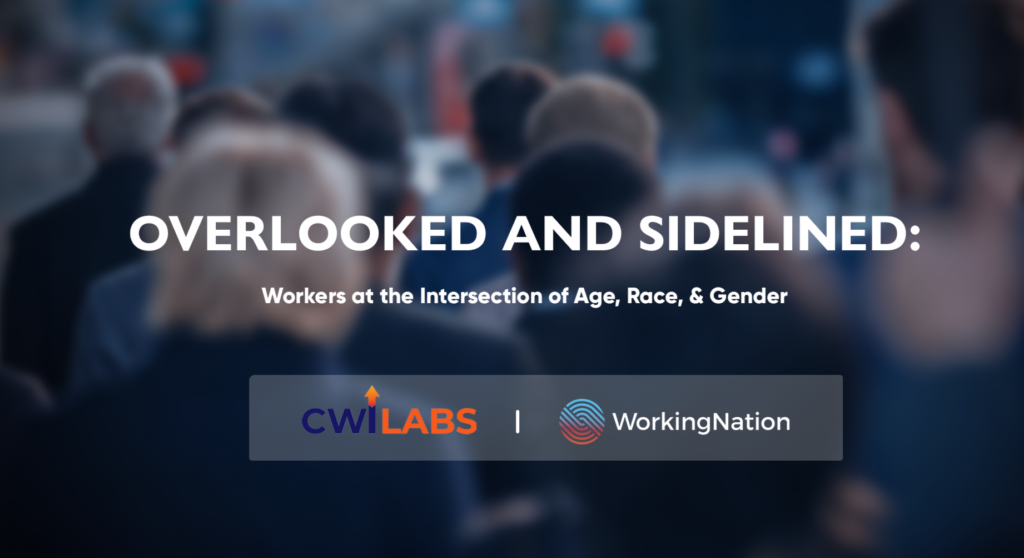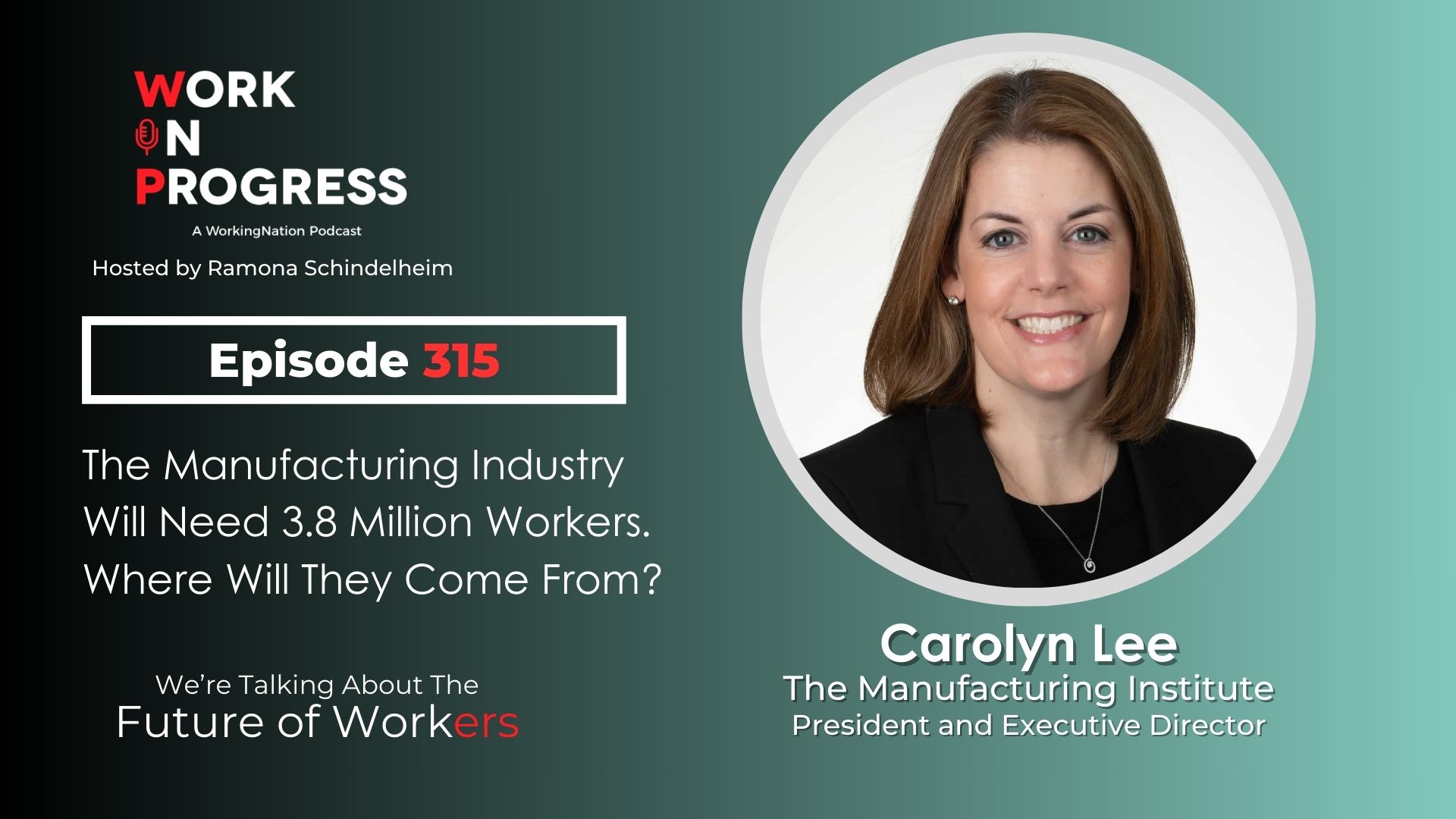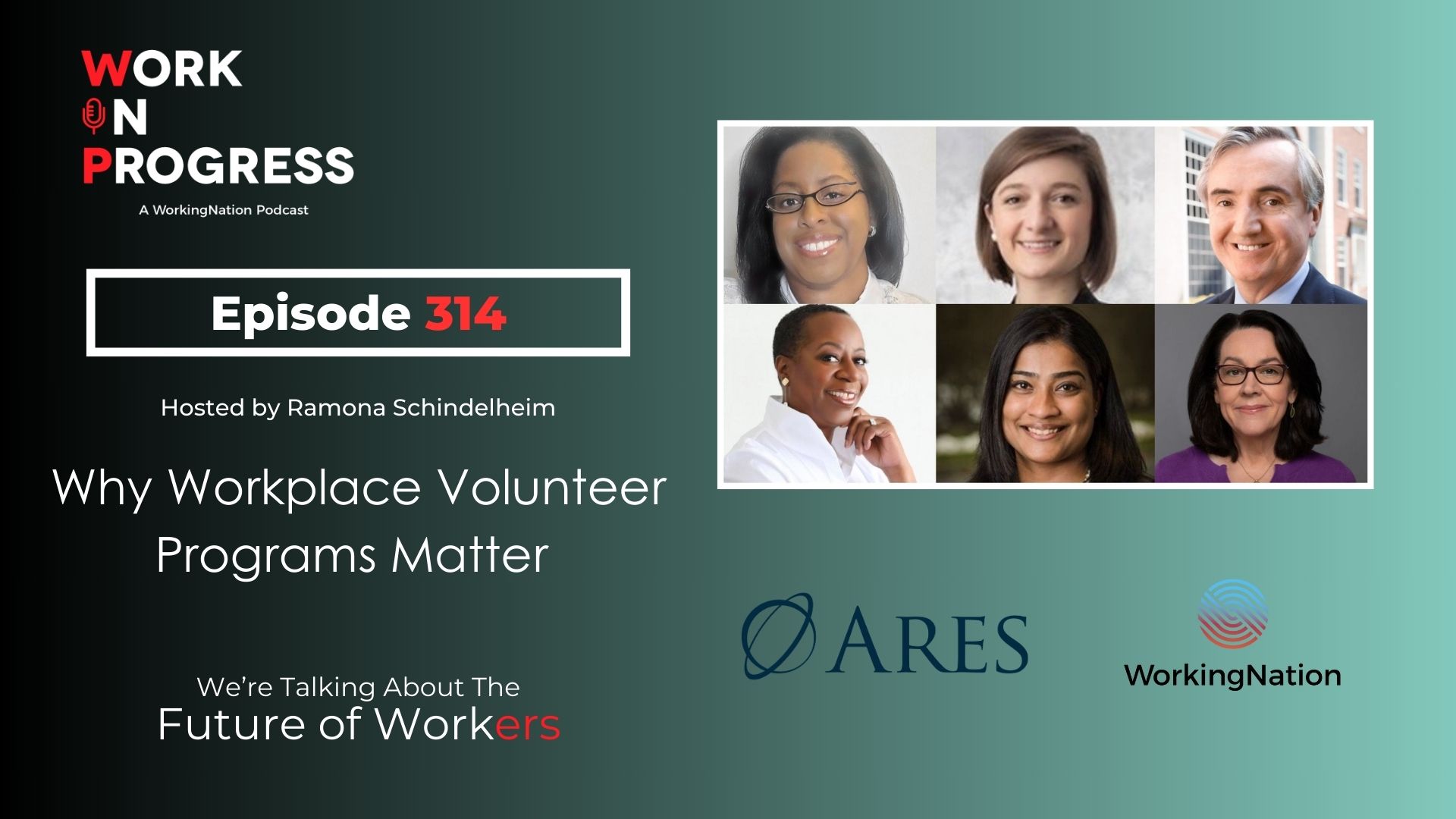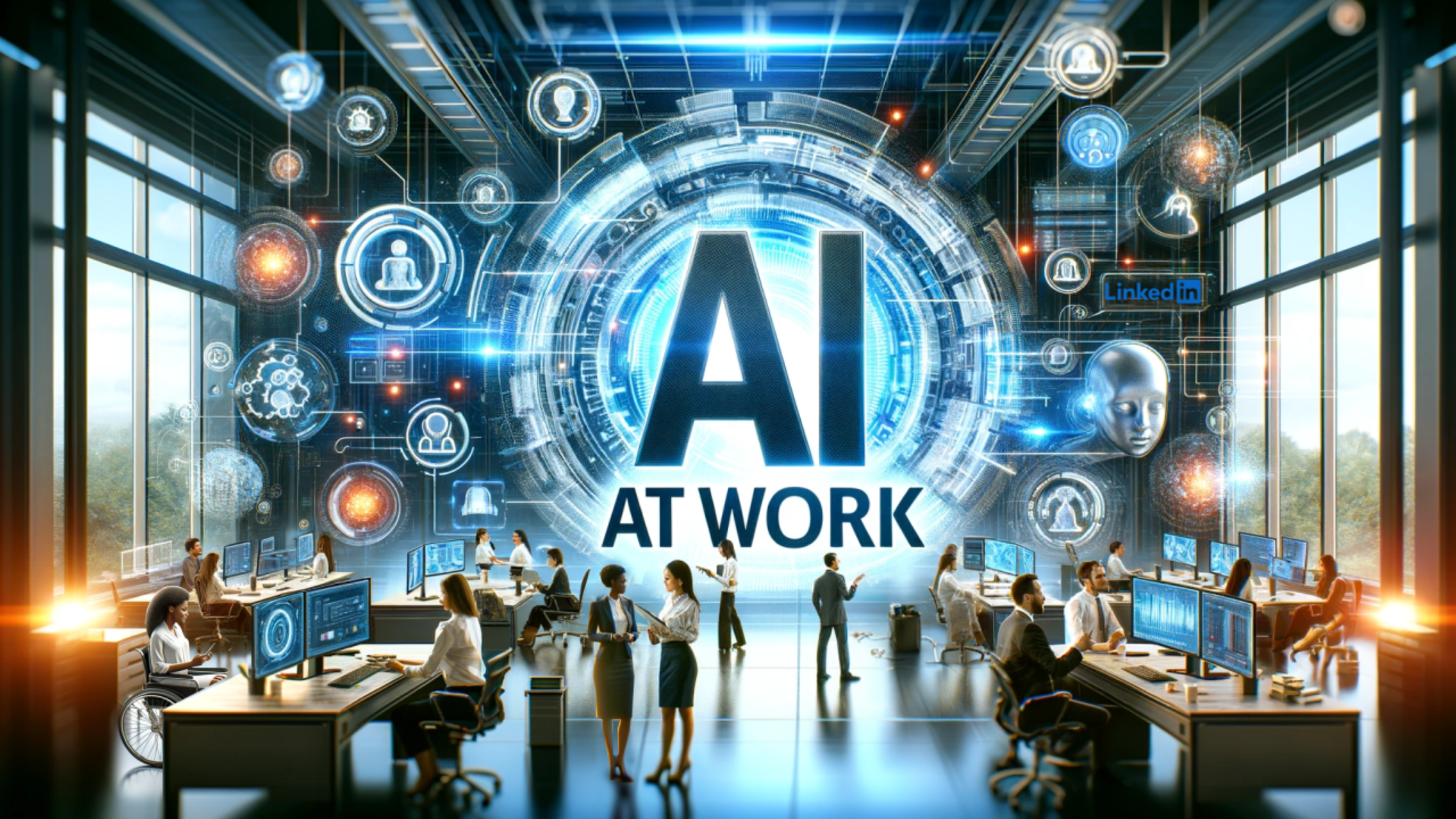The over-50 workforce is growing. More than a third of the U.S. workforce is older, living longer, and account for almost a million unemployed adults, according to the AARP.
This valuable subset of potential employees faces the job market with challenges that their younger counterparts may not. When they are hired, over-50 employees make 41% less in their new jobs than their previous jobs.
“Age discrimination and misperceptions among employers and colleagues are the primary barriers for older people getting hired and is still a problem in the workplace,” says Mindy Feldbaum, vice president of Workforce Development Programs for the AARP Foundation.

“Nearly all workers age 50+ (93%) believe that age discrimination against older workers is common in the workplace. In 2022, 62% of workers age 50+ reported having seen or experienced age discrimination in the workplace,” she explains.
In addition to age discrimination, a U.S. Department of Labor spokesperson acknowledges older workers can also experience discrimination related to gender, age, race, and ethnicity.
“All workers make contributions to the labor force and the economy, and all jobseekers deserve an opportunity for employment opportunity, including older workers.
“Older workers are as widely varied in skill and contributions as any other cohort of workers, and may offer multiple benefits to their workplaces, such as technical expertise and institutional knowledge, informal mentoring to younger colleagues, unique perspectives from their more extensive life experience, and contributions to a multi-generational workforce,” the spokesperson says.
Making the Pivot Back into the Workforce
Workers over 50 are finding support in programs that are helping them upskill, pivot, or reenter the job market. After cabinet maker MasterBrand shutdown operations in Kansas and laid off almost 500 workers, the U.S. Department of Labor awarded a $420,000 grant to the state’s Workforce Investment Board to assist dislocated workers in seven counties to provide employment and workforce training services.
“Regardless of age, race, or ethnicity the sudden loss of employment due to a lay-off such as the MasterBrand closure, those impacted are faced with a great deal of uncertainty. They are faced with learning a new skill, industry, and company culture along with the loss of security, seniority, and even the the fellowship they had with their fellow employees. This coupled with the loss of income and benefits can be overwhelming,” says Deb Scheibler, executive director of Kansas WorkforceONE.
Since July 1, 2022, Scheibler’s office has assisted 893 individuals who are over 50, representing 38% of the total number of customers they’ve served during the same period.
Back to Work 50+
AARP created its Back To Work 50+ in 2013 to do what its name says: help individuals over 50 build the skills and confidence they need for high quality jobs at no cost to them. The program includes individual and group coaching, resources to identify opportunities, and personal marketing tools that can be used in targeted job searches.
“When they find themselves out of work, from a lay-off, caregiving responsibility, ageism, or health issues, they face a job search landscape very different from the last time they looked for work,” Feldbaum says.
“Older workers bring work experience and strong employability skills to the workplace. In fact, older workers have performed the same as, or better, than their younger counterparts on seven of 10 most important employability skills. Younger brains are faster, older brains have more context and judgment. In short, the 50+ workforce bring the experience and employability skills that employers need.”
The Back To Work 50+ program also partners with nonprofit organizations, job centers and community colleges to deliver services. Jefferson State Community College (JSCC) is one of those partners, which has seen an increase in participants since the pandemic.
“There is a huge need. It seems like since COVID-19 has passed, the 50+ students we deal with are realizing they want to get back out and be interactive in the workforce and with people in general,” says Tracy Campbell, career development program coordinator at Jefferson State Community College’s Career Center Services. “Most people we are serving do need a lot of triage and upskilling.”
Computer skills are in high demand, from the basics like how to turn it on to using word processing programs, to more advanced digital literacy skills. Campbell says many of their participants worked their entire professional lives at AT&T since graduating high school until decades later when they retired or took buyouts, and now want to return to the workforce.
JSCC’s 50+ programs train participants for jobs like administrative medical assisting, IT help desks, and other digital jobs for which they can earn industry recognized certificates through CompTIA programs. Resume and cover letter preparation, mock interviews, and financial literacy workshops are offered. Scholarships are available, as are wraparound services including a new food pantry, mental health resources, and even funds to help pay utilities.
Campbell says JSCC’s over-50 programs tend to attract more males than females, and their job placement rate is fairly successful. In the past two years, more than 20 individuals have scored jobs each year with salaries ranging from $19-21 an hour with employers including Mercedes, Dunn Construction, Regions Business Capital Corporation, Grandview Hospital, and the State Department of Agriculture.
“These employers don’t need to discount the 50+ population. All of them who hired these individuals have really been surprised with this upskilling. They have brought someone into their organization who has the communications skills they need, who will come to work everyday,” Campbell says.
“A lot of employers discounted so many of our candidates until we stated pushing, ‘talk to them, interview them.’ We had an employer, a medical business management firm that did an interview with one of our students and brought 2-3 younger candidates. She called our older participant six months later because the young ones didn’t have what she needed.”

The Benefits of a Multi-generational Team
AARP research shows an age-diverse workforce gives companies a competitive advantage in the following ways:
- Multi-generational teams perform better
- Best way to service age-diverse market is with age-diverse workforce
- Age-diverse workforce provide greater diversity of ideas, knowledge, and skillsets
- Stronger pipeline of talent with providing continuity, stability and retention of intellectual capital
- 7 out of 10 workers in the U.S. enjoy working with people from other generations
- Older workers appreciate the creativity of younger workers and younger workers appreciate the value of older workers’ experience, institutional knowledge and wisdom.
“Employers should craft an age diverse and inclusive talent strategy that develops all employees’ critical digital and cognitive capabilities, their social and emotional skills, and their adaptability and resilience,” Feldbaum urges.
“Older workers tell us it’s also important to be valued and companies consider their overall well-being. They feel optimistic about their ability to work at any age, and they want to grow professionally, despite barriers.”
Want to know more about the mid-career and older worker today? Read, watch, and listen to stories in our digital magazine with CWI Labs: Overlooked and Sidelined.












